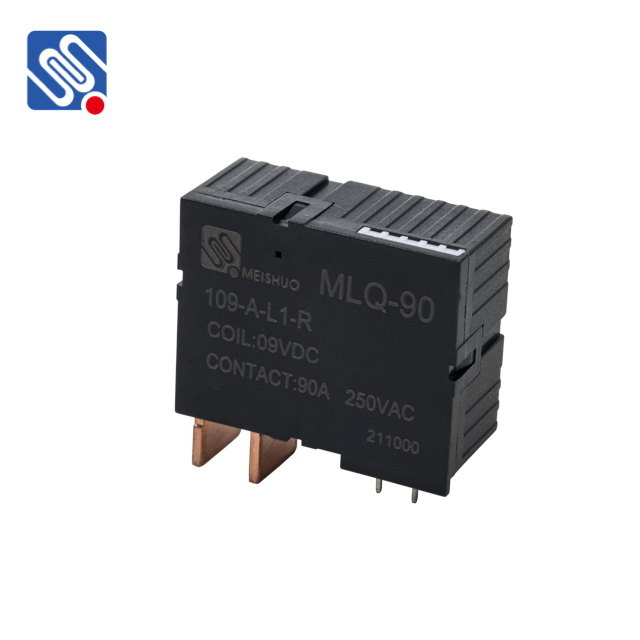the role of bistable relays in modern electronics: focus on meishuo's innovation
Release time:2025-04-28 07:35:35
Bistable relays are an essential component in the field of modern electronics, serving a variety of purposes across different industries. A bistable relay, often referred to as a latching relay, is designed to maintain its state (either on or off) without continuous power supply. This unique feature makes it highly efficient and ideal for various applications where power consumption needs to be minimized. In recent years, companies like Meishuo have brought innovative advancements to the design and manufacturing of bistable relays, pushing the boundaries of their potential in diverse sectors.

What is a Bistable Relay?
A bistable relay is an electromagnetic switch that can exist in one of two stable states: normally open (NO) or normally closed (NC). Once it switches to a particular state, it remains there until a control signal is applied to change its state. This is different from conventional relays that require a constant current to maintain their position. The bistable relay only needs a pulse of energy to either engage or disengage the switch, which is then maintained without further power consumption.
The ability to retain its position without drawing power continuously provides significant energy savings, especially in applications where relays must remain in a certain state for long periods. This makes bistable relays ideal for use in power-sensitive systems, including battery-operated devices and smart grid applications.


